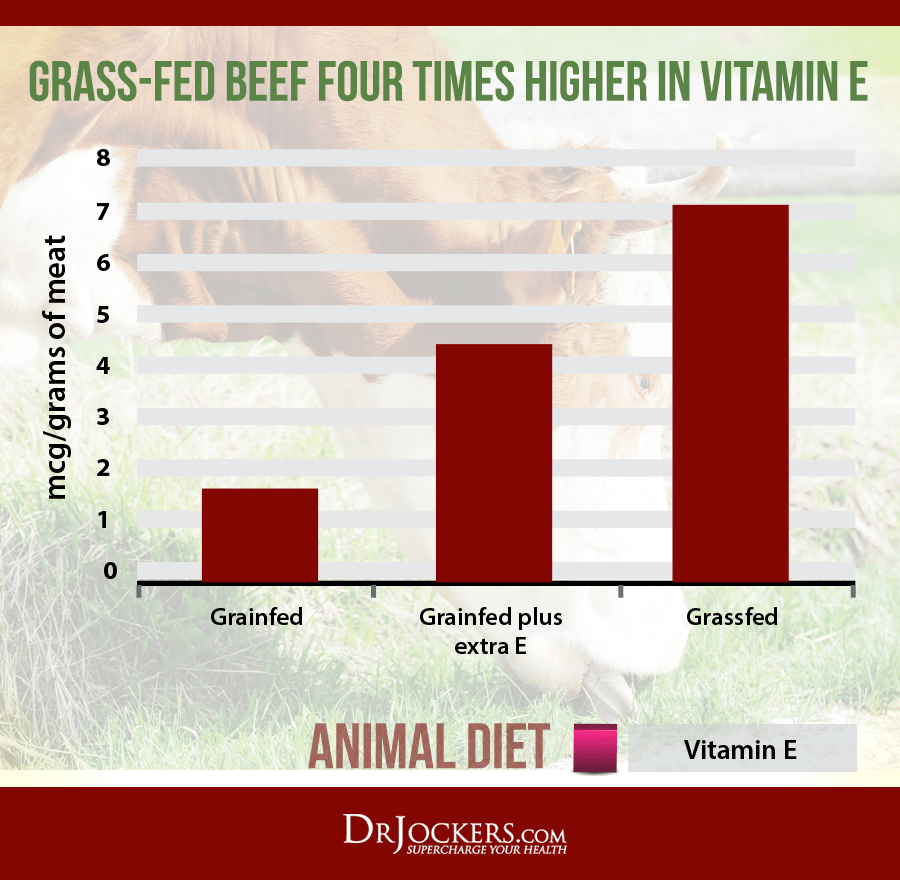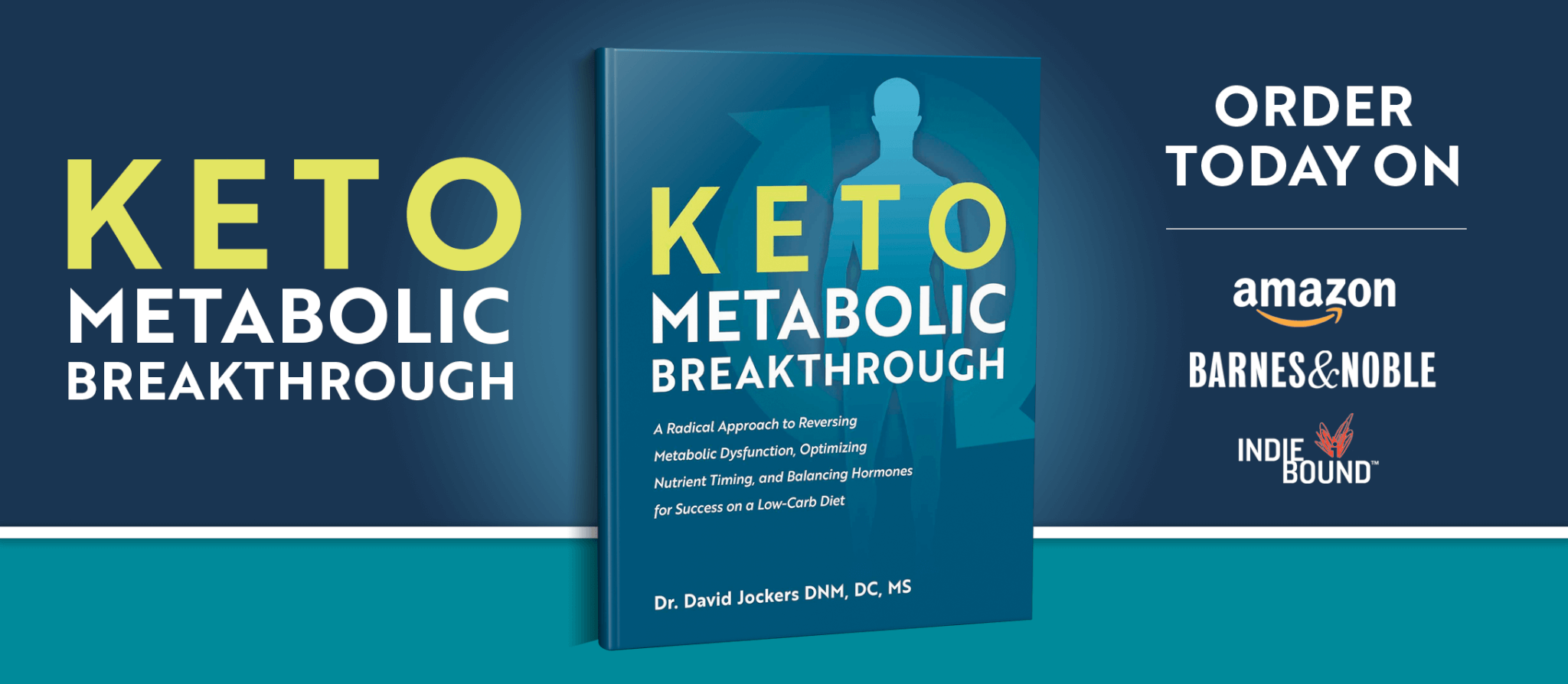
Grass Fed Beef: Is It Superior to Poultry?
For over 50 years red meat has been vilified for its heart clogging saturated fat & cholesterol content. Poultry products have been marketed as the healthiest animal protein due to their low-fat content. New understandings of health and inflammation now reveal that grass-fed beef is significantly more nutrient dense than poultry.
Saturated fat and cholesterol have been blamed for heart disease and other cardiovascular diseases. Research indicates that saturated fats and cholesterol are necessary for overall cellular health (1, 2, 3). They play an extremely important role in regulating neurological, cognitive, and hormone function. A diet low in these important fats causes lowered immunity, sex hormone function, accelerated aging, and brain degeneration.

Grass Fed Red Meat Is a SuperFood:
Red meat could be one of the best foods in an individual’s diet or one of the worst. The key factor is what the animal is eating. Naturally, cows eat a near 100% green diet of grass, flowers, shrubs and other wild vegetation. Grain feeding is genetically incongruent for these animals and leads to excessive weight gain and fat accumulation.
The typical grain-feed is made up of corn and soy due to the low cost associated with government subsidies. Grain-fed cows are extremely high in omega 6 fatty acids. The average ratio for a cow on a grain-fed diet is roughly 25:1 (omega 6:3). This is genetically incongruent for all mammal species that should naturally be around 4:1 (4).
The Importance of Omega 6:3 Ratios:
Humans should naturally have an omega 6:3 ratio of around 4:1 or 2:1. When these ratios become skewed, they trigger cellular inflammation and accelerated cellular degeneration. This environment causes an individual to become highly inflamed and develop degenerative disease (5).
The more grass an animal eats the greater their omega 3 content and the lower their omega 6 levels. A 100% green-fed diet, which is genetically congruent for a cow would provide an omega 6:3 ratio of 2:1. This is ideal for the cow’s long-term health and is highly anti-inflammatory for human consumption. The omega-3 fatty acids present in this meat are primarily the all-important long-chain variety EPA and DHA.
The Poultry Based Diet:
Chicken and turkeys cannot live on grass alone. They lack the highly specialized digestive tract that allows them to convert grass and roughage into a quality meal. This is too low in calories and too high in fiber for them. They need some addition to grass and the vast majority of farmers choose to feed them a mixture of soy and grain.
Chickens can get about 25% of their calories from grass while ducks can go up to about 50%. The higher the level of grass, the higher the anti-oxidant and omega-3 content of the meat and eggs.
Grass-fed beef and other grass-fed mammals contain high levels of conjugated linoleic acid (CLA). CLA is considered to be one of the most potent anti-carcinogenic nutrients. In a study published in Cancer Research, animals given a mere 1.5% of their total calories in the form of CLA had a 60% reduction in tumor growth (6).
Finnish researchers have found that the greater the amount of CLA in a woman’s diet, the lower her risk of breast cancer. Women who consumed the largest amount of CLA had a 60% lower risk for breast cancer (7).
Grass Fed Beef Has More Antioxidants:
Grass-fed mammals are also extremely rich in carnitine and carnosine. Carnitine helps cellular mitochondria drive energy efficiently from fat metabolism. Carnitine is the critical gate-keeper that allows fatty acids to pass into the mitochondrial furnace effectively (8).
Carnosine is a powerful antioxidant that improves muscle, brain & cardiovascular function. It functions to reduce the effects of stress and aging by protecting the proteins of the body which aids in tissue healing and repair (9).
Poultry has significantly less CLA, carnitine, and carnosine than grass-fed beef. Beef also contains a lot more branched chain amino acids. This includes the crucial muscle building amino acid leucine. Grass-fed beef has an enormous edge over free-range poultry when one compares the fatty acids, proteins, fat-soluble anti-oxidants, and minerals such as zinc.
Grass Fed Beef Has More of the Following:
1. Omega-3 fatty acids
2. Conjugated Linoleic Acid (CLA)
3. L-Carnitine
4. Carnosine
5. Zinc
6. Vitamin D & E
7. Creatine
When Do I Recommend Consuming Chicken:
Pasture-raised chicken is a very healthy food for the body and shouldn’t be discouraged. It just isn’t as nutrient dense as the grass-fed beef. Some individuals find that they feel better consuming chicken rather than beef. This is typically the case with those who:
1. Have low stomach acid production
2. Have a sluggish liver or have had their gallbladder removed
3. Have a food sensitivity to beef
If you are experiencing any of these issues, I would look into the root cause of why this is taking place. There are many reasons why someone would have trouble digesting fats. If you are experiencing this and simply do not feel well when consuming grass-fed red meat, then the following strategies in this article will help you troubleshoot this issue.
Disclaimer: The remarks above reflect my own views. They do not necessarily reflect the views of ButcherBox or any other individual or company.

Where to Get the Best High Quality Meat Products
I get my grass-fed and grass-finished beef from Wild Pastures which provides the highest quality meat products from farmers who take great care of their land and their animals. By partnering with a network of small, local farms across the country and buying in bulk, (absolutely no imported meat or factory farms!), they are able to charge less than competitors – while offering higher quality, fresher meat.
Here are the reasons why I LOVE using Wild Pastures
- High-Quality Meat: Delicious 100% grass-fed beef, pasture-raised chicken, heritage-breed pork, and wild-caught seafood.
- Unbeatable Value: Average cost = Less than $7 per meal.
- Flexibility: Box options and delivery frequencies to fit your needs, cancel at any time with no penalty.
- Convenience: Great-tasting, high-quality meat you can feel good about, delivered right to your doorstep (FREE shipping).
- Decisions That Make a Difference: Wild Pastures cares about animals and our planet, improving livelihoods for farmers and better meals enjoyed together.
How Wild Pastures Works:
- Wild Pastures sources from farmers and fishermen who meet the highest standards for quality.
- You choose your box and delivery frequency. They offer curated and customized boxes, so you get exactly what you and your family love.
- Wild Pastures ships your order, frozen at peak freshness and packed in an eco-friendly, 100% recyclable box.
- You enjoy high-quality meat delivered to your door and more time for amazing meals together.
If you sign up for Wild Pastures today, you can get $100 off (($20 OFF your first 5 boxes!)
If you want to work with a functional health coach, I recommend this article with tips on how to find a great coach. Our website offers long-distance functional health coaching programs with our world-class team of health coaches. For further support with your health and other goals, just reach out—our fantastic coaches are here to support your journey.










Hello, does Wild Pastures company still truth worthy in your opinion? Is other articles I read that Butcher Box is a good source of organic meat. Do you still think that comply is good as well? I live in NC and I have no idea here I can find anything good and real starting from Natural medicine doctors until real organic food. I really will appreciate some help here in finding a good doctor for I am living in daily pain for many months. Thank you! May our Lord Christ protect and bless you!
Yes actually both companies are good to use but Wild Pastures has higher standards for their animal products.
In South Africa it is quite difficult to come across organic grass-fed meat. However,we have a good alternative: wild animal meat (springbok, kudu, various antelopes, ostrich) , available at reasonable prices. Thet are also not contaminated by antibiotics and other similar additives.
Yes wild game can be great!